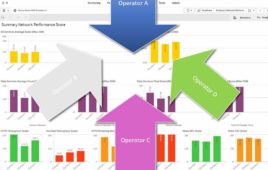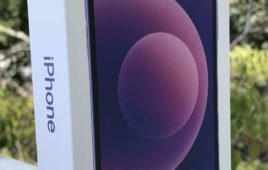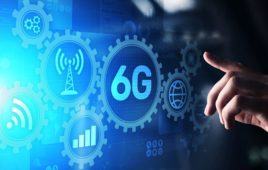AT&T and Verizon Wireless both reported their first-quarter results this week. How do these two fierce rivals stack up against one another? Here’s a look at some key metrics.
Total subs: Verizon Wireless ended the quarter with 92.8 million total customers while AT&T Mobility ended with 87 million subscribers.
Net adds: Verizon Wireless added 1.5 million total net customers, excluding acquisitions and adjustments. AT&T reported a 1.9 million net gain in total wireless subscribers, the highest first-quarter total in the company’s history. AT&T’s results include 2.7 million iPhone activations, with more than one-third of the activations for customers new to the carrier.
Churn: Verizon Wireless’ retail postpaid churn was 1.07 percent. Total customer churn for Verizon Wireless was 1.40 percent. AT&T’s postpaid churn was 1.07 percent and total churn was 1.30 percent.
ARPU: Verizon’s retail service ARPU remained the same year-over-year at $50.95. AT&T’s postpaid subscriber ARPU was up 3.9 percent, to $61.89.
Data: Verizon’s retail data revenue was up 25.6 percent, to $4.5 billion. Retail data ARPU increased to $17.06, up 19.6 percent year-over-year. AT&T’s wireless data revenues shot up 29.8 percent from the year-ago quarter; its postpaid data ARPU was $20.13, up 21.9 percent compared to the year-earlier quarter.
Connected Devices: Verizon added a new twist, revealing its “other connections,” which totaled 7.3 million; that figure includes M2M, eReaders, medical alert devices and telematics. AT&T continued its trend from the fourth quarter in connected devices, with first-quarter devices in service increasing by 1.1 million to reach 5.8 million.
Notables: Companywide, AT&T reports that 3G data download speeds are up 25 percent compared with a year ago based on internal data and up 14 percent in the past 90 days.
One of the areas most often cited as problematic for AT&T is New York. In a conference call with analysts, AT&T CFO Richard Lindner explained the carrier is seeing improved voice metrics in that region. AT&T’s internal 3G voice composite quality index moved up 10 percent in the quarter in the New York metro area overall and in Manhattan, the index moved up 47 percent quarter-over-quarter. In terms of download speeds, the carrier says it is seeing average speeds in Manhattan that are close to its nationwide average.
While AT&T has been working to boost its network for all those iPhones and other demands, Verizon CFO John Killian was asked during a conference call with analysts to explain what it plans to do in light of another expected new iPhone “refresh” coming this summer at AT&T.
Killian emphasized Verizon’s line-up isn’t based on one operating system – it includes Android, Research In Motion (RIM) and some recent releases based on Microsoft’s OS, but a lot of emphasis this year will be on the Droid family, most notably the HTC Incredible that is due out April 29. Killian said Verizon expects to be earlier in the process this year with strong new devices based on multiple systems. (Nothing new on Verizon getting an iPhone to work on its network.)
Wi-Fi as offloader: AT&T says use of its more than 20,000 Wi-Fi hot spots in the United States surged to 53.1 million connections in the first quarter – nearly five times higher than the 10.7 million connections made in the first quarter of last year. Smartphones and other integrated devices account for the majority of connections made on AT&T’s Wi-Fi network.




